Book: Secret of our Success by Joseph Henrich



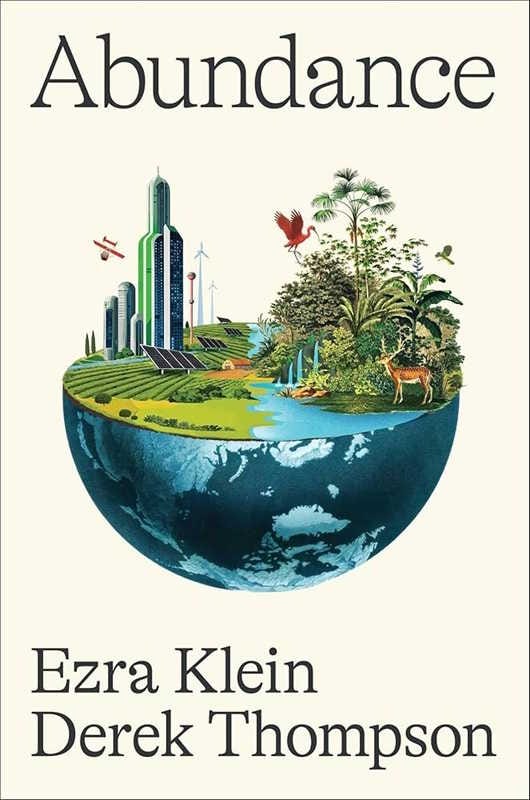
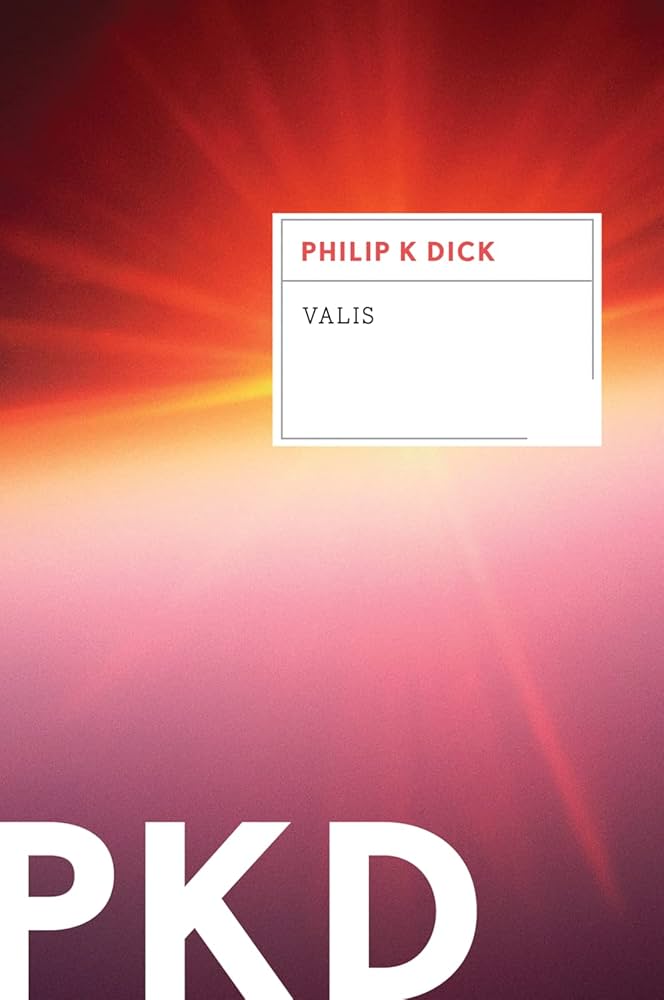
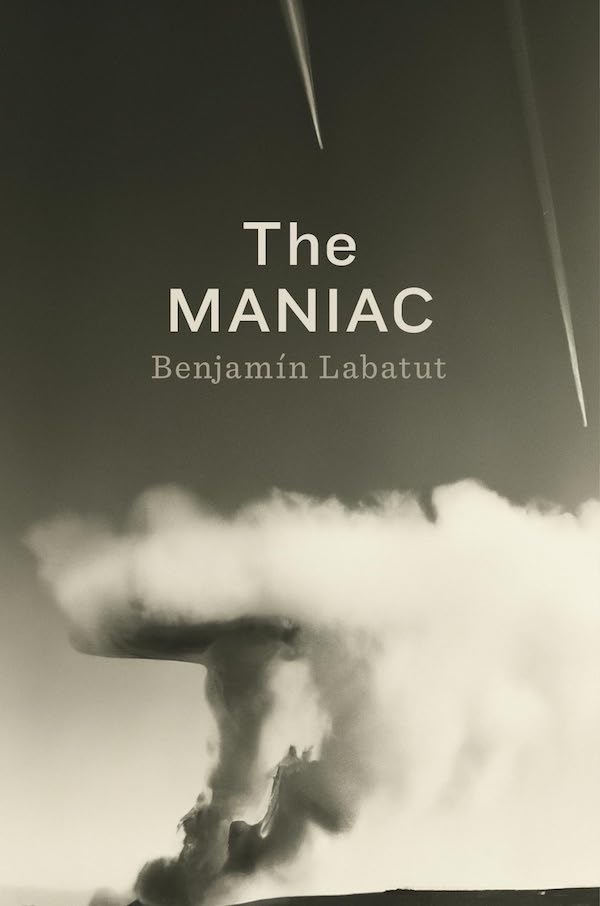
Authoritarian governments have latched onto open-source LLMs like Llama to craft their own models, complete with censorship rules. In places like Russia and China, these censors manifest as an abrupt cutoff, where a stream of text is replaced with an uncanny canned response like "I'd better keep quiet". In this post I'm interested in probing for subtler, more insidious manipulations potentially present in language models controlled by authoritarian governments. How might these warped filters influence entire populations? Are they already shaping our collective understanding in ways we barely notice?

This is the first in a series of vignettes based on observations I captured while creating invention.cards, a visual chronology of science and discovery. In this series I hope to explore bits of the history of science and technology I found fascinating ("that's funny...") while reading and digesting Asimov's chronology and also examine the limitations of source material. First, let's take a really thin slice of human ingenuity: horse-related inventions and discoveries.
I'm pleased to have completed transforming Asimov's Chronology of Science and Discovery into a deck of Magic Cards. Over five years later, all 1477 entries from Asimov's encyclopedia are now represented as illustrated cards on https://invention.cards. The website is rendered based on this master spreadsheet which I compiled with the help of AI and manually vetted. Since AI hallucinations can safely be ignored, and I am infallible, I declare victory!


What if our pursuit of educational equity is perpetuating inequality? Just as a rising tide lifts all boats, true educational equity must lift all students, regardless of background or ability.
In a school setting, equity refers not to the equality of outcomes, but to the equality of opportunities for all students to succeed. In recent years, Seattle Public Schools (SPS) has prioritized supporting students furthest from educational justice (FFEJ), a laudable goal that aims to address historical inequities. However, this narrow focus has unintended consequences. While healthy adults may not need medicine, children — even the brightest — require external stimulation to reach their full academic potential. Here are three negative secondary effects of an overemphasis on FFEJ students.
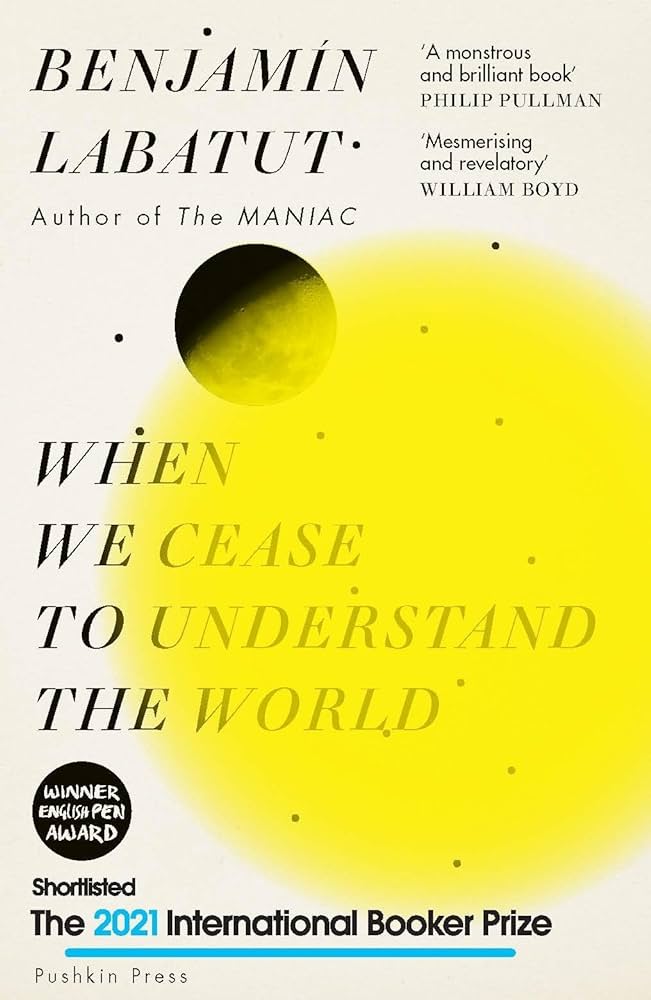
Imagine if Microsoft's company guidance was that it would make $100 billion this quarter. The end of the quarter rolls along and as it turns out, they only made $10 billion. This surprising result would lead to a market selloff frenzy. Microsoft's stock would take such a beating that surely their board would demand their CEO's resignation for gross mismanagement.
In contrast, Seattle Public Schools (SPS) has missed their targets comparably. The school district has not been held accountable by the school board. In 2019, SPS declared their first top-line goal was as follows:
The percentage of Black boys who achieve English Language Arts proficiency or higher on the 3rd grade Smarter Balanced Assessment will increase from 28% in June 2019, to 70% in June 2024.
June 2024 has come and gone, and this metric has moved from 28% to 32%. This is a mere 4% difference; a far cry from the 40% required to meet their self-determined goal. For this objectively terrible performance, the school board gave Mr. Jones a raise and lauded him for being “a strong leader for racial equity and educational justice.”
The situation is even worse than this comparison to big tech reveals. When Microsoft misses its goals, the victims are also the most capable of having righted the ship. Also, the damage is limited: the CEO and former employees will find new jobs, and shareholders will make better investments next time. In the case of a school district, the victims are innocent children who had no hand in the matter, and the impact on their life is profound. In short, our children's education is being undermined by shortsighted, unaccountable adults.
It's time for the school board to do their job and hold school district executives accountable for failing to meet expectations. It's time to set better, more realistic goals, and it's time to achieve them.
"And I'm sorry, Mr. Jones... It's time" — Ben Folds


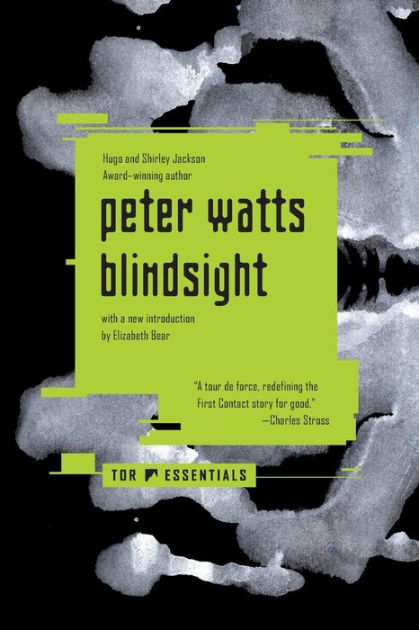
I used GPT4's multimodal features to accelerate and improve my recently rebooted Visual Chronology of Science & Discovery project now hosted at https://invention.cards. First I used image-to-text models to extract and structure content from pages of Asimov's encyclopedia for accelerated data entry. Then I used text-to-image models to generate visually consistent imagery for each invention and discovery card. This post describes both workflows and my findings. Relevant source code is available in my asimov-gpt repository.